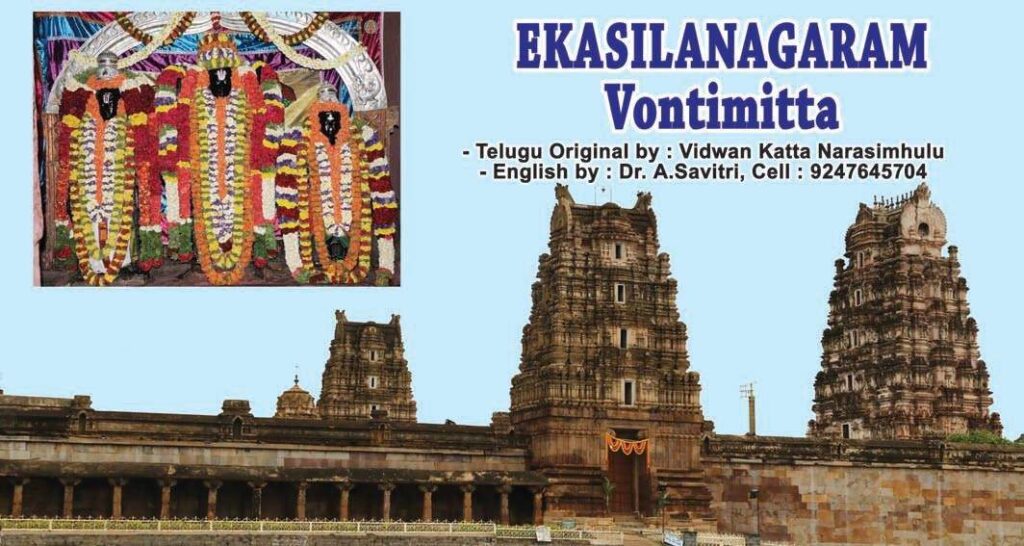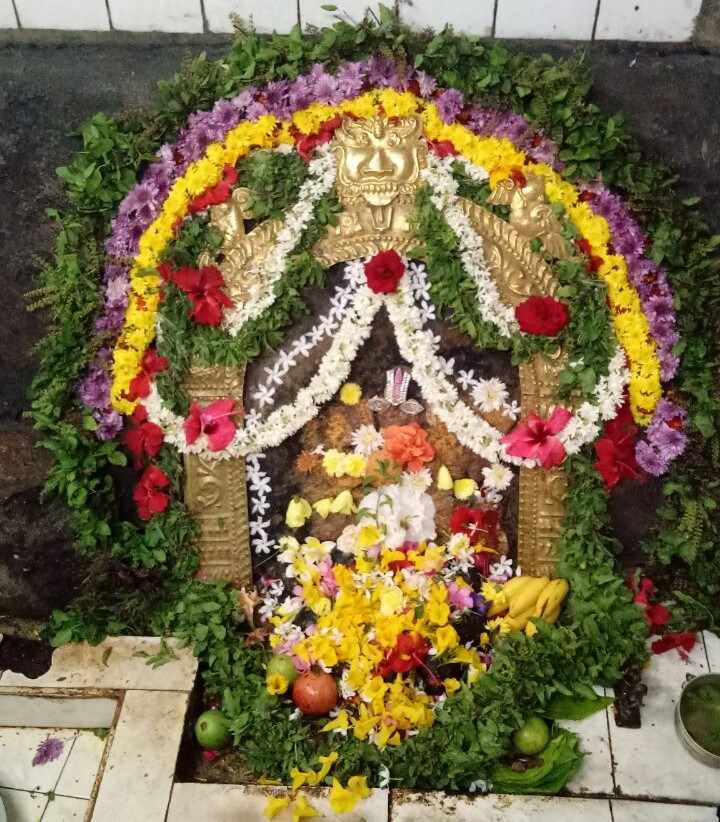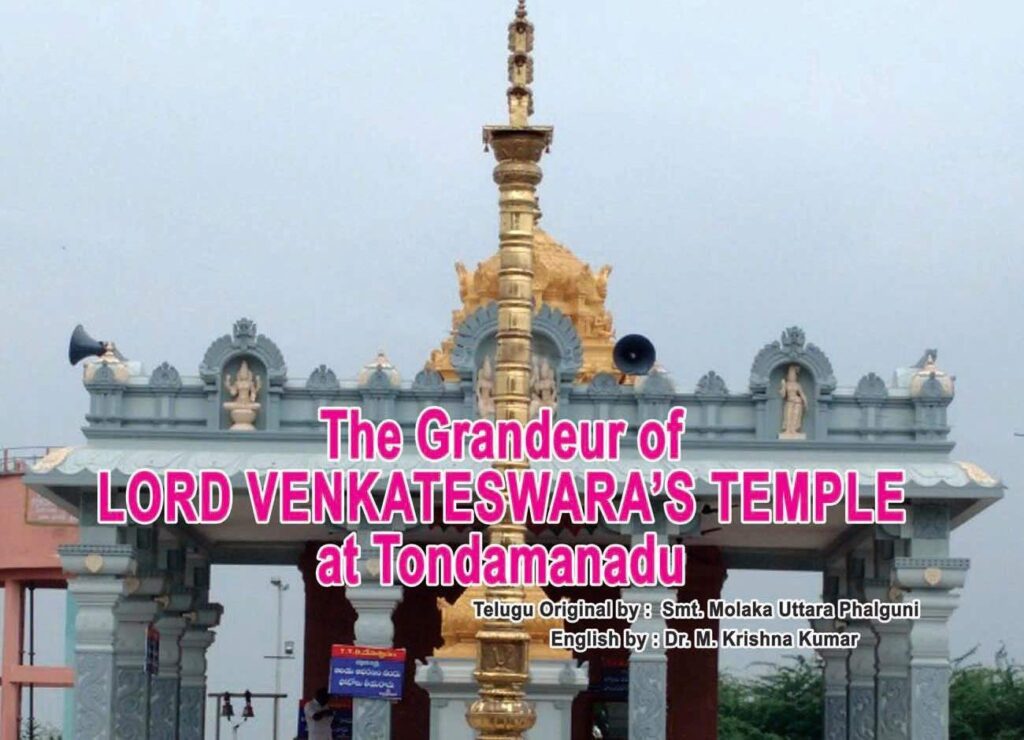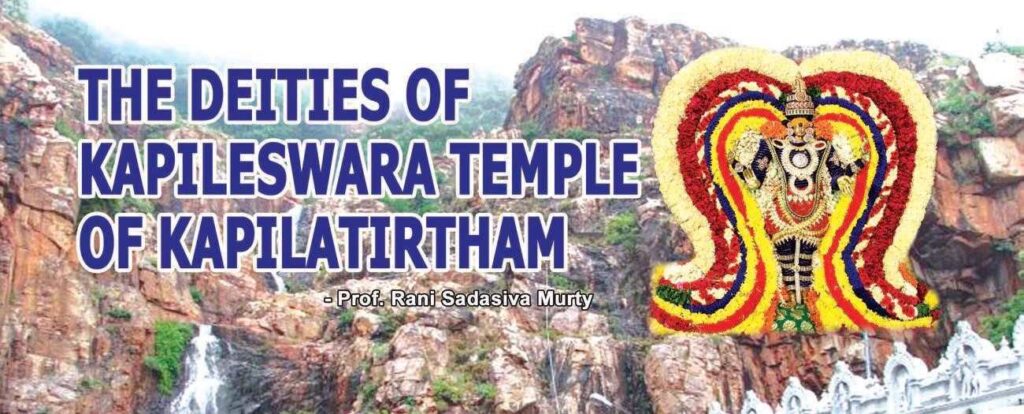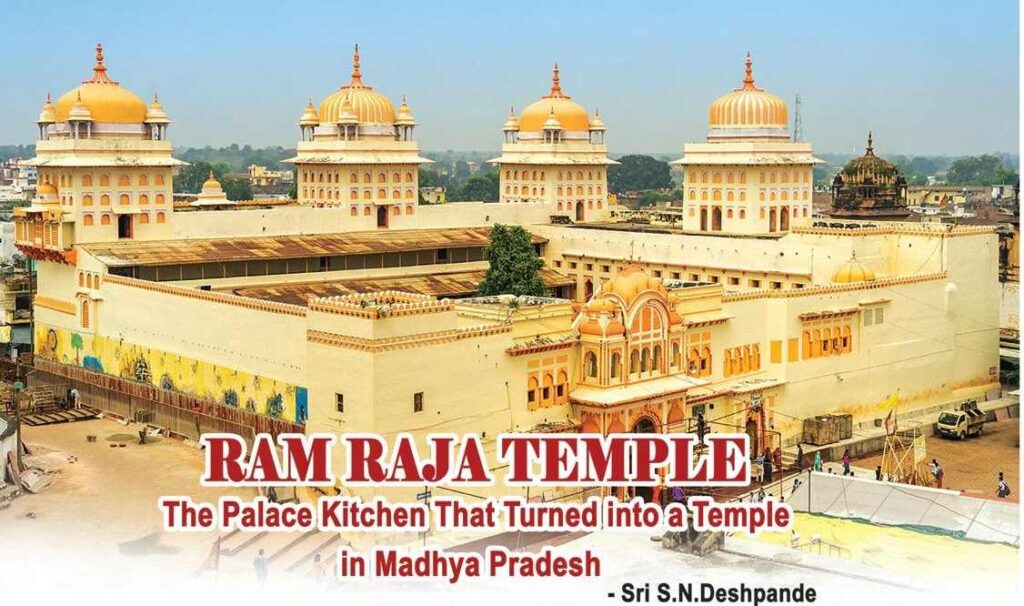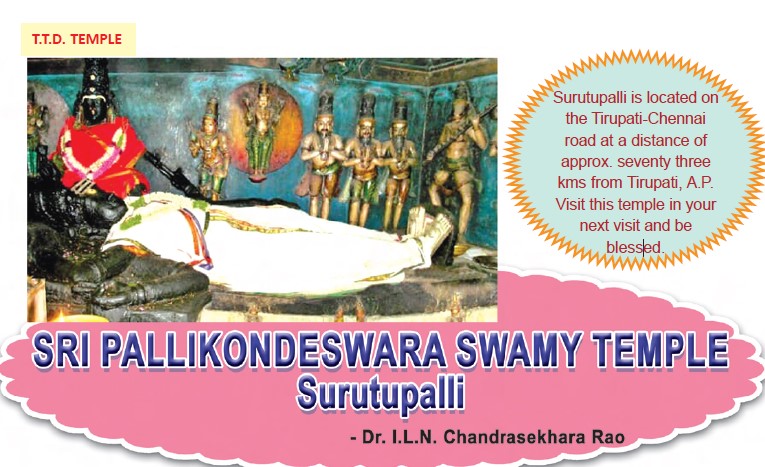Sri Kodanda Ramaswamy – Ekasila Nagaram, Vontimitta Kodandarama Temple at Ekasila Nagaram, Vontimitta is a famous tourist centre. It is known for its architectural and historical significance. To know about the history of that magnificent masterpiece, one has to go back to the history incorporated in our ancient myths and puranas. According to the concept Read More
Category: Hindu Temples
Hindu temples are known by many different names, varying on region and language, including Alayam, Mandir, Mandira, Ambalam, Gudi, Kavu, Koil, Kovil, Déul, Raul, Devasthana, Devalaya, Devayatan, Devakula, Devagiriha, Degul, Deva Mandiraya, and Devalayam
Sri Venkateswara Swamy Temple, Devuni Kadapa
Devuni Kadapa – Sri Venkateswara Swamy Temple There are many famous temples in Kadapa District. Devuni Kadapa Sri Venkateswara Swamy Temple is one of the most famous and ancient temples in Kadapa District, Andhra Pradesh. The temple is at a distance of three kilometres away from Kadapa. It is in the area of Kadapa Municipal Read More
Sri Venkateswara Swamy Temple, Upamaka (TTD Temple)
Sri Venkateswara Swamy Temple About five thousand years ago, Lord Venkateswara Swamy descended from Vaikuntam and incarnated himself on Venkatachalam. Lord Venkateswara Swamy known for fulfilling the desires of his devotees has in subsequent periods been consecrated and adored in several places other than Venkatachalam at the request of his devotees. One such holy place Read More
Sri Sridevi Bhudevi Sametha Prasanna Venkateswara Swamy Temple, Thondamanadu
Sri Sridevi Bhudevi Sametha Prasanna Venkateswara Swamy Temple, Thondamanadu The temple of Lord Venkateswara is one of the most renowned temples in Chittoor district. It attributed the greatness, glory and grandeur to the temple of Lord Venkateswara in Tirumala. Lord Venkateswara and His two consorts, Sri Devi and Bhudevi, came and resided in the place Read More
Alaghu Mallari Krishna Swamy Temple, Mannaru Poluru
Alaghu Mallari Krishna Swamy Temple – Mannaru Poluru Historically renowned as ‘Manimadapa kshetra’, the temple of Sri Alaghu Mallari Krishna Swami along with His two consorts namely Sri Satyabhama and Jambavathi is situated at Mannaru Poluru near the river Kalingi which is at an approximate distance of five kilometres from Sullurupeta. According to historical evidence, Read More
Deities of Sri Kapileswara Swamy Temple (Kapila Teertham) – Tirupati
Deities of Sri Kapileswara Swamy Temple The holy Kapila Tirtham is known to have had its first appearance in this region of Seven Hills in an unknown past in the chain of many Mahayugas before the present Kali Yuga. It is because of the fortune and pride of the inhabitants of Tirupati. The Kapila Tirtham Read More
Sri Rama Raja Temple, Orchha
Sri Rama Raja Temple – The Palace Kitchen that turned into a Temple in Madhya Pradesh We have seen in all of Rama’s Temples, the Lord is shown as standing along with Sita, Laxman and Hanuman sitting on his knees with folded Hands looking at Lord Rama. However in Rama Raja Temple, Orchha, Madhya Pradesh, Read More
Sri Rama Raja Mandir, Orchha
Sri Rama Raja Mandir – The Palace Kitchen that turned into a Temple in Madhya Pradesh We have seen in all of Rama’s Temples, the Lord is shown as standing along with Sita, Laxman and Hanuman sitting on his knees with folded Hands looking at Lord Rama. However in Rama Raja Temple, Orchha, Madhya Pradesh, Read More
Sri Prasanna Venkateswara Swamy Temple, Appalayagunta
Appalayagunta Appalayagunta is the holy place of the Supreme Deity of Kaliyuga i.e., Lord Venkateswara Swamy in the name of ‘Sri Prasanna Venkateswara Swamy’. Innumerable devotees worship Him with earnest devotion. The Lord of the temple is known for His graceful consideration towards His devotees who are in dire necessity of His blessings, and He Read More
Sri Pallikondeswara Swamy Temple, Surutupalli
Sri Pallikondeswara Swamy Temple There are many temples of Lord Shiva in our country. In most temples, Lord Shiva is worshipped in the form of ‘linga’. In the temple at Surutupalli, Lord Shiva appeared in the manifestation of a ‘Murthy’ in the sleeping posture i.e., ‘Sayanamurthy.’ Lord Shiva receives worship in a sleeping posture. The Read More
